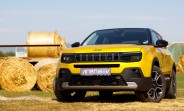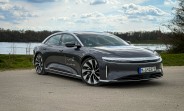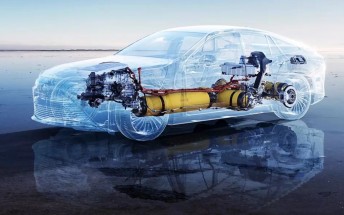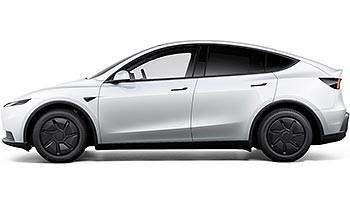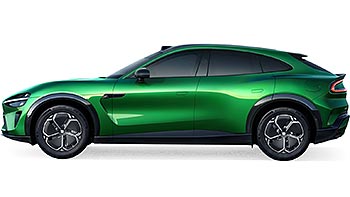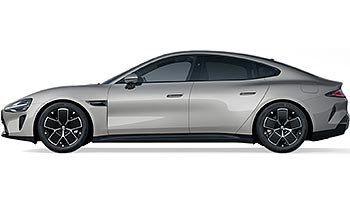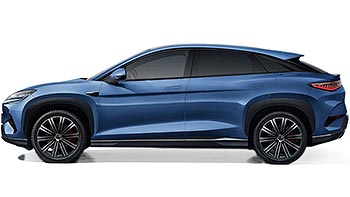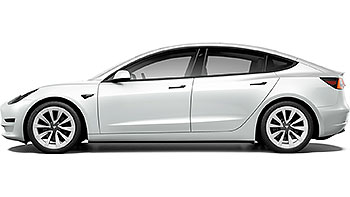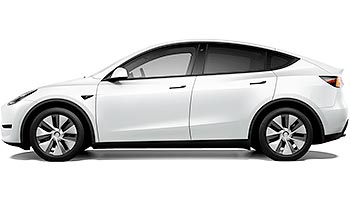Tesla unveils new cheaper Model 3 and Model Y just as vanished tax credit hikes prices
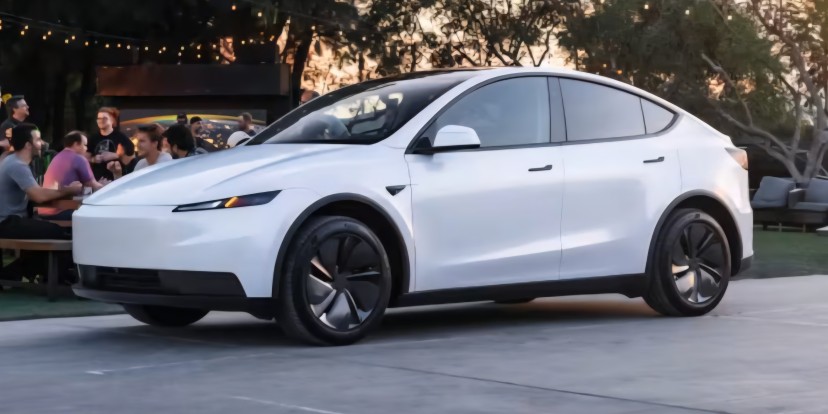
Tesla finally rolled out its long-rumored "Standard" versions of the Model 3 and Model Y. These new trim levels offer the lowest official starting prices for any electric cars in the company's current lineup, but a closer look at the timing and cost tells a more complicated story for buyers. The base sticker prices are indeed lower than before, but the actual cost for a buyer today is higher than just one week ago - all thanks to the vanishing act of the $7,500 federal tax credit.
The new entry-level Model 3 Standard starts at a base price of $36,990, and the Model Y Standard begins at $39,990. These prices are attractive on their face, undercutting the next step up, now called the "Premium" trims, by $5,500 for the Model 3 and $5,000 for the Model Y.
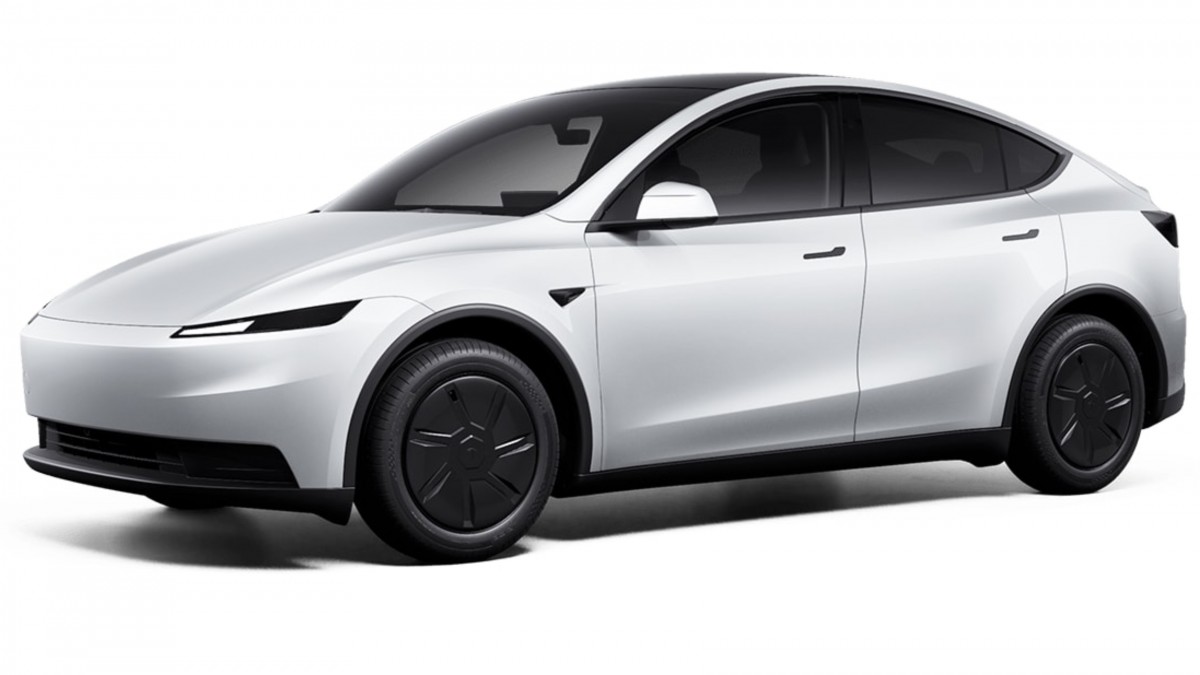
Unfortunately, the timing is terrible for consumers. Until last week, buyers of the former entry-level Model 3 and Model Y qualified for a $7,500 federal EV tax credit. This credit was often given as an instant price reduction at the point of sale. After accounting for this incentive, the previous Model 3 cost only $34,990, and the previous Model Y cost $37,490.
This means the new, stripped-down "Standard" models are actually $2,000 to $2,500 more expensive for buyers today than the better-equipped models were just seven days ago. This hidden price jump comes courtesy of the discontinued tax credit (company CEO Elon Musk supported the cut with significant political donations), somewhat complicating the idea of these being truly affordable.
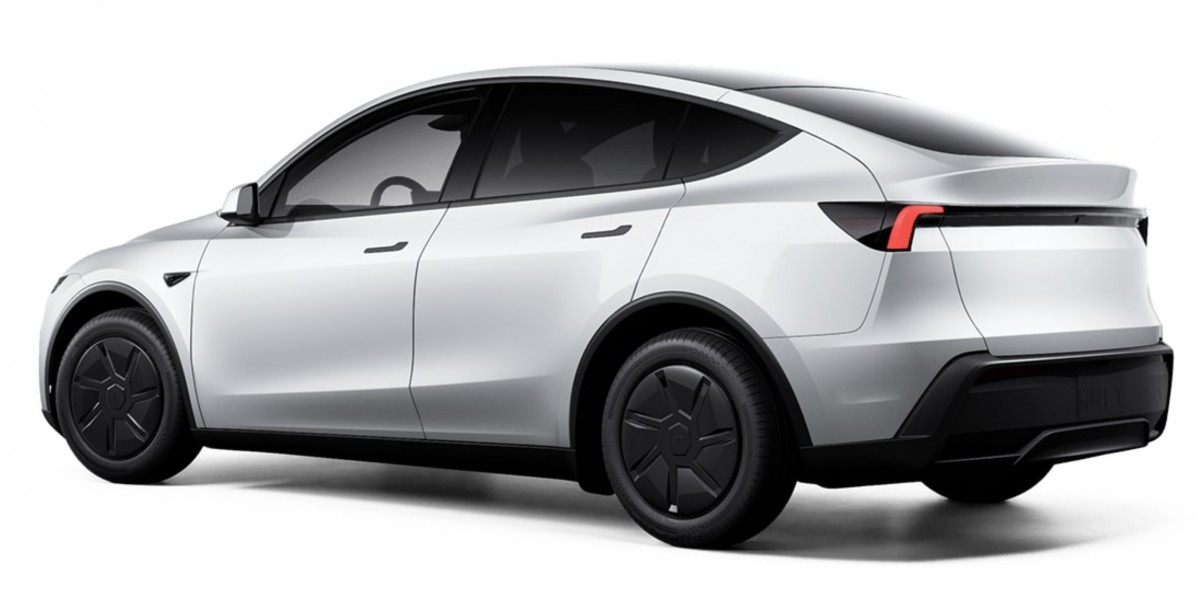
To achieve the lower list price, the company removed many features, especially on the Model Y. Both new Standard trims use a smaller 69 kWh battery pack and a single rear-wheel drive motor. This change cuts the estimated EPA range for both cars. The Model 3 Standard gets an estimated 321 miles of range, down from the Premium's 363 miles.
The Model Y Standard also achieves 321 miles of range, a drop from the Premium's 357 miles. Thanks to the smaller battery, the charging speed has improved. The Model 3 Standard takes 5.8 seconds to hit 60 mph, and the heavier Model Y Standard needs 6.8 seconds for the same sprint. Both cars still have a top speed of 125 mph.
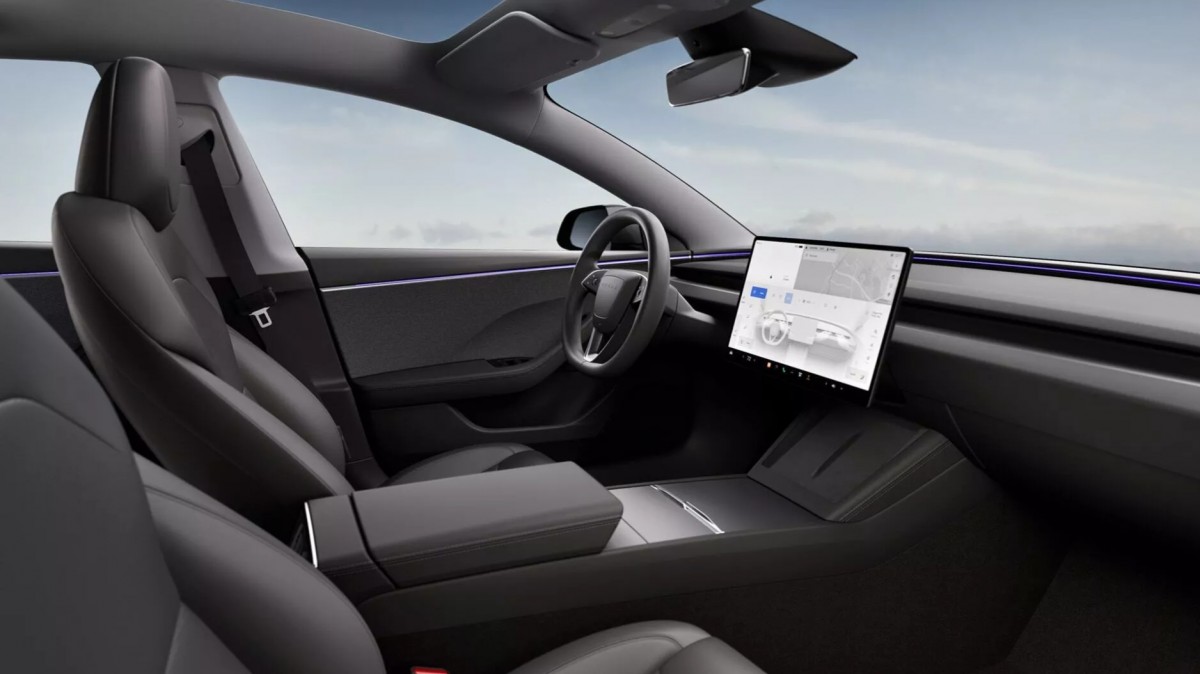
The biggest changes are found in the cabin, where Tesla cut costs with surprising force. Both the Model 3 and Model Y Standard models trade the vegan leather seats for a mix of textile and leather-look materials. They also lose the full 15-speaker audio system, replacing it with a simpler seven-speaker setup, and they no longer include an AM/FM radio.
Rear passengers lose their entertainment touchscreen and get manual air vents instead of automatic ones. Other deleted comfort features include front seat ventilation and rear seat heating. Even the steering wheel adjustment and the folding side mirrors, which were electric on other trims, are now manual.
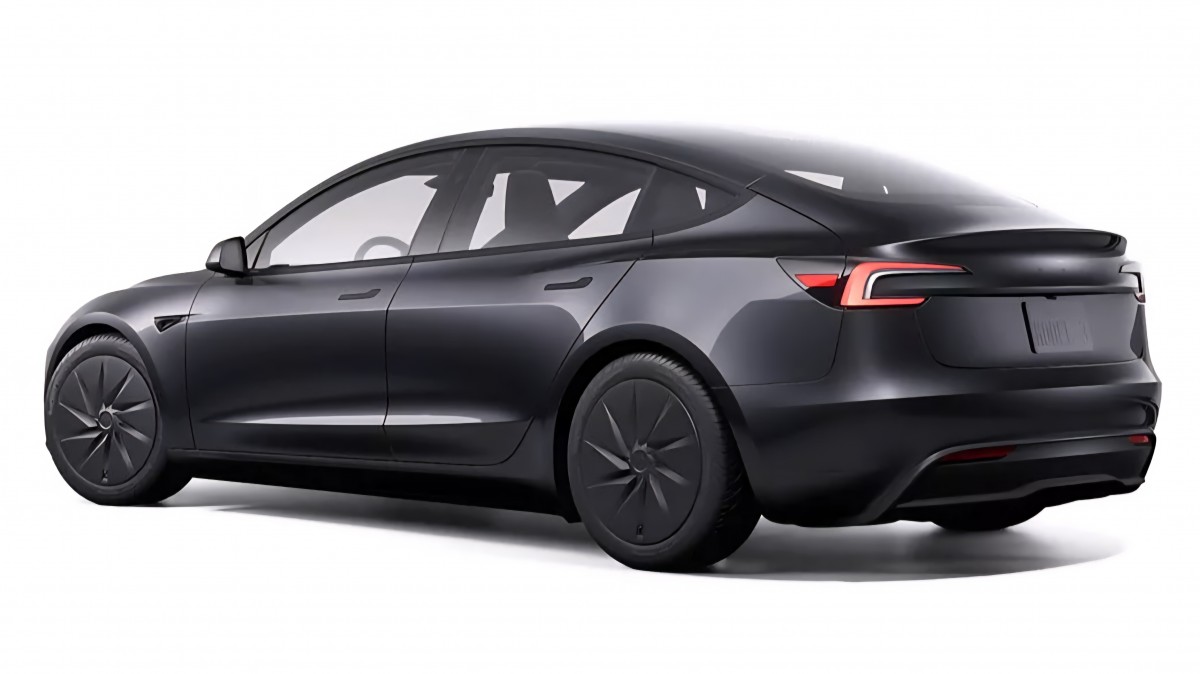
Cost cuts continue in other mechanical and tech areas. Tesla swapped out the higher-end frequency-dependent shock absorbers for simpler passive units. For drivers, a major loss is the default Autosteer lane-centering feature, which used to be standard on all Teslas but is now only available through a subscription or by purchasing the costly Full Self-Driving (Supervised) package.
The exterior also sees changes: both cars come with smaller 18-inch wheels with new aerodynamic covers, though buyers can upgrade to 19-inch wheels for an extra cost. The paint choice is limited to only three monochrome colors: Stealth Grey is free, Pearl White costs $1,000, and Diamond Black costs $1,500.
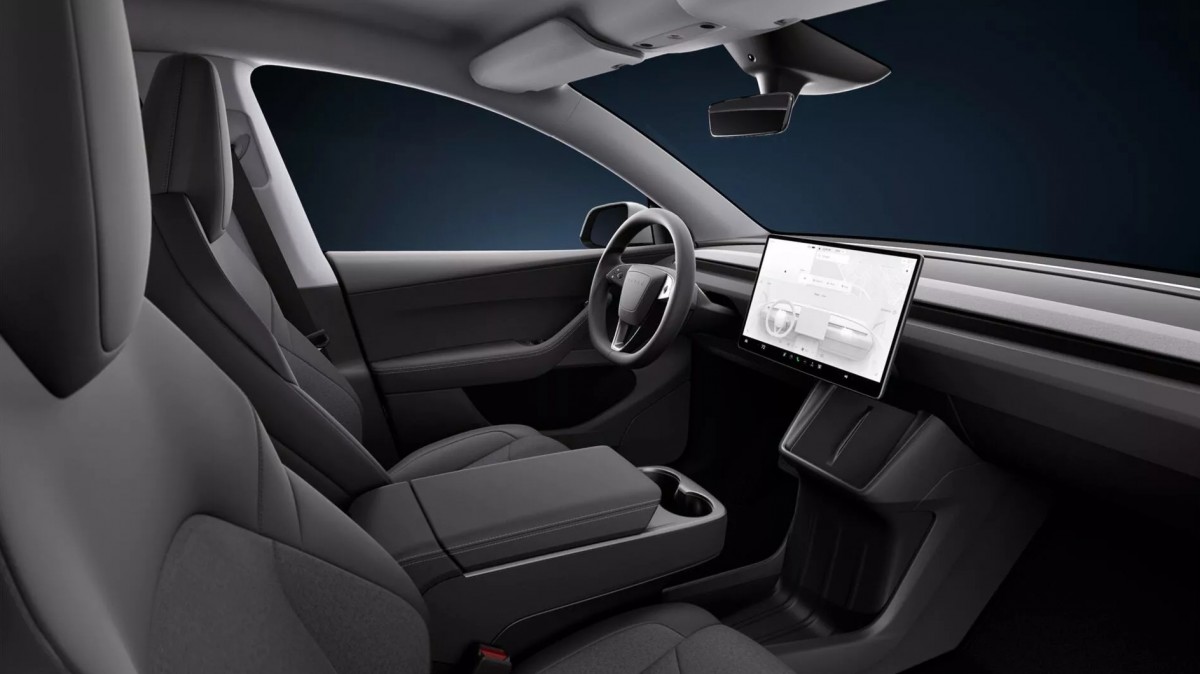
Surprisingly, it is the Model Y that shows a strange cost-cutting measure: Tesla put a fabric headliner over the panoramic glass roof instead of replacing it with a cheaper metal roof. Analysts suggest this means the company found it cheaper to hide the existing glass than to re-engineer the car for a solid top. Doesn't a large headliner cost more than the one that was already in place?
Despite the many feature cuts, both EVs keep core functions like the main 15.4-inch center touchscreen, all the active safety systems, and the hands-free trunk, along with all the USB outlets and phone chargers. Tesla has renamed its other trims, now calling the mid-range models "Premium" to fit the new Standard entry point.
These new Standard electric cars officially lower the entry price to the Tesla brand, but customers should know the final purchase price is actually higher than it was a week ago due to the vanished federal incentive, meaning the promise of truly affordable EVs remains a goal, not a reality.
Curiously, the "new" Model 3 Standard isn't so new at all - this version has been on sale in Europe since the refreshed version was introduced. Though the European price is somewhat high at $46,700, it is essentially the same vehicle.
Related
Reader comments
Nothing yet. Be the first to comment.




